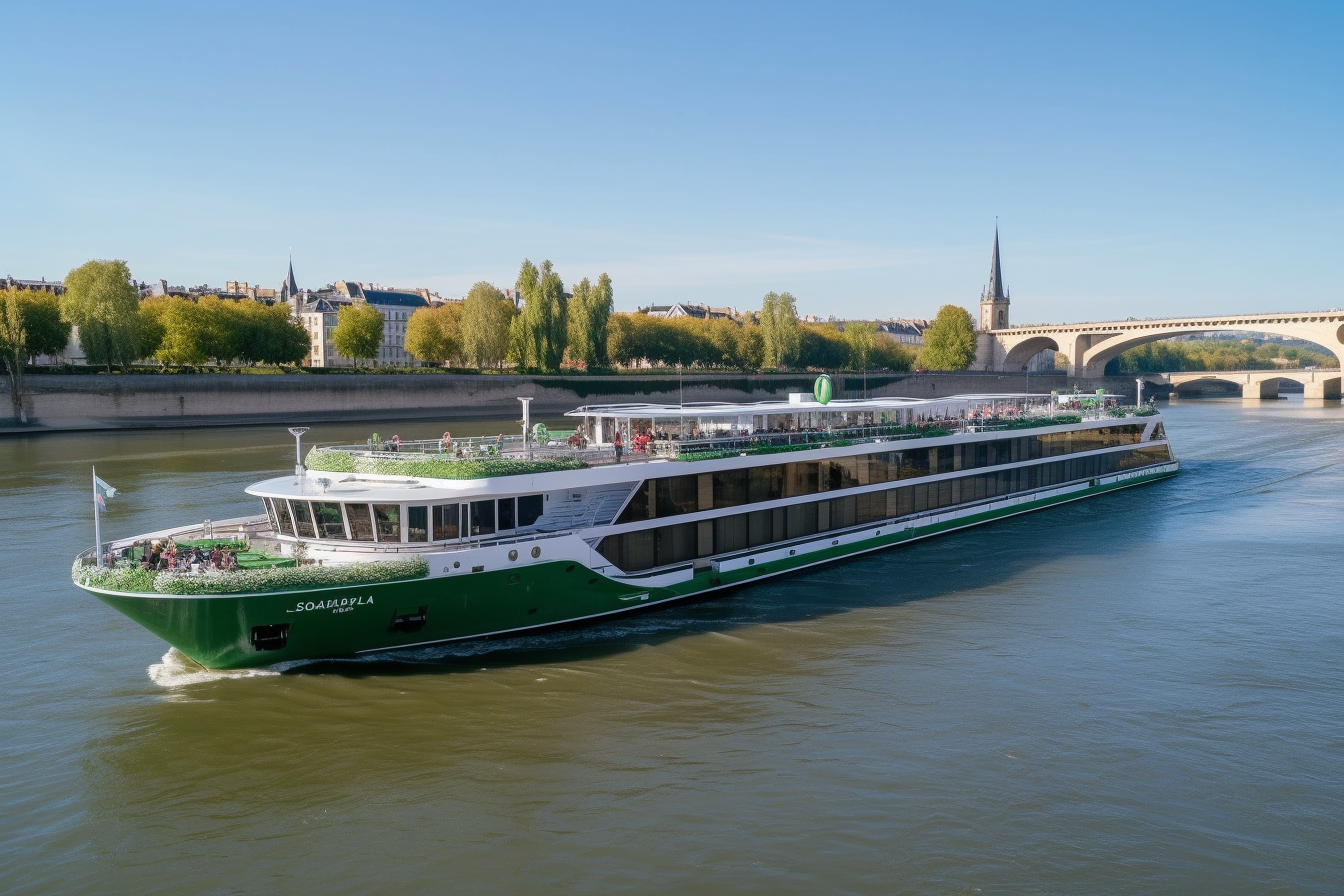Explore Itineraries Along the Danube from Passau to Belgrade
The Danube River flows through eight countries, creating one of Europe's most captivating waterways for river cruising. This journey from Passau, Germany, to Belgrade, Serbia, spans approximately 1,200 kilometers and offers travelers an immersive experience through Central and Eastern Europe. Along this route, passengers encounter medieval castles, baroque architecture, vibrant capitals, and diverse cultures that have shaped the region for centuries.

River cruising along the Danube from Passau to Belgrade presents an extraordinary opportunity to witness Europe’s cultural tapestry unfold along one of its most significant waterways. This route typically takes 7-10 days, depending on the specific itinerary and stops included.
The journey begins in Passau, often called the “City of Three Rivers,” where the Danube, Inn, and Ilz rivers converge. From here, vessels navigate through Austria’s Wachau Valley, a UNESCO World Heritage site renowned for its terraced vineyards and medieval towns like Dürnstein and Melk.
Historical Landmarks Along the Danube River
The Danube corridor serves as a living museum of European history. In Vienna, passengers can explore Schönbrunn Palace and St. Stephen’s Cathedral, while Budapest offers the magnificent Parliament Building and Buda Castle perched above the river. Further downstream, Belgrade’s Kalemegdan Fortress stands as a testament to the city’s strategic importance throughout centuries of conflict and cultural exchange.
Bratislava’s Old Town features medieval architecture and the iconic Bratislava Castle, while smaller stops like Regensburg showcase perfectly preserved medieval city centers. Many itineraries include guided tours of these sites, providing historical context and cultural insights that enhance the cruising experience.
Culinary Experiences to Discover en Route
Each country along the Danube offers distinct culinary traditions that reflect local ingredients and cultural influences. Austrian cuisine features schnitzel and apfelstrudel, while Hungarian specialties include goulash and lángos. Serbian cuisine introduces travelers to ćevapi and rakija, showcasing Balkan flavors.
Many river cruise lines organize cooking demonstrations, wine tastings featuring local varietals, and shore excursions to traditional markets. The Wachau Valley produces exceptional Riesling and Grüner Veltliner wines, while Hungarian Tokaj dessert wines offer unique tasting experiences. These culinary elements provide authentic connections to local cultures beyond typical tourist attractions.
Navigating Cultural Differences in Eastern Europe
Traveling through multiple countries requires awareness of varying customs, languages, and social norms. While German and English are widely spoken in Austria and Germany, Hungarian presents linguistic challenges, though tourism professionals typically speak multiple languages.
Currency changes occur throughout the journey, with euros used in Germany and Austria, while Hungary uses the forint and Serbia uses the dinar. Most river cruise packages handle these transitions seamlessly, but independent exploration requires preparation for different payment systems and cultural expectations.
Religious and architectural styles shift noticeably as vessels move eastward, from Catholic influences in Austria to Orthodox traditions in Serbia, creating educational opportunities about European religious and cultural diversity.
Sustainable Travel Tips for River Cruises
River cruising generally produces lower environmental impact compared to ocean cruising due to smaller vessel sizes and shorter distances. However, conscious travelers can further minimize their footprint through specific practices.
Choosing cruise lines with environmental certifications, participating in shore excursions that support local communities, and avoiding single-use plastics contribute to sustainable travel. Many operators now offer locally-sourced dining options and partner with conservation organizations along the Danube.
Water conservation aboard vessels, responsible wildlife viewing practices, and supporting local artisans rather than mass-produced souvenirs help preserve the cultural and natural heritage of Danube communities for future generations.
Exploring Local Festivals and Events on the Danube
Seasonal festivals enhance the river cruising experience throughout the year. Vienna’s Christmas markets transform the city during winter months, while Budapest’s Spring Festival celebrates classical music and arts. Summer brings outdoor concerts and wine festivals in the Wachau Valley.
Belgrade’s vibrant nightlife and music scene offer contemporary cultural experiences, while smaller towns host traditional folk festivals showcasing regional costumes, music, and dance. Many cruise itineraries coordinate with local events, though spontaneous discoveries often provide the most memorable cultural encounters.
Timing cruises around specific festivals requires advance planning, as popular events can affect accommodation availability and crowd levels at major attractions.
| Cruise Line | Duration | Price Range | Key Features |
|---|---|---|---|
| Viking River Cruises | 8 days | $3,000-$5,500 | All-inclusive dining, cultural lectures |
| AmaWaterways | 7 days | $2,800-$4,800 | Multiple dining venues, fitness facilities |
| Uniworld | 10 days | $4,500-$7,000 | Luxury accommodations, personalized service |
| Emerald Waterways | 8 days | $2,200-$3,800 | Contemporary design, pool deck |
Prices, rates, or cost estimates mentioned in this article are based on the latest available information but may change over time. Independent research is advised before making financial decisions.
The Danube from Passau to Belgrade offers an unparalleled introduction to Central and Eastern European culture, history, and cuisine. This river route combines convenience with cultural immersion, allowing travelers to unpack once while experiencing multiple countries and diverse traditions. Whether drawn by historical significance, culinary adventures, or simply the peaceful rhythm of river travel, this itinerary provides lasting memories and deeper understanding of Europe’s cultural complexity.




